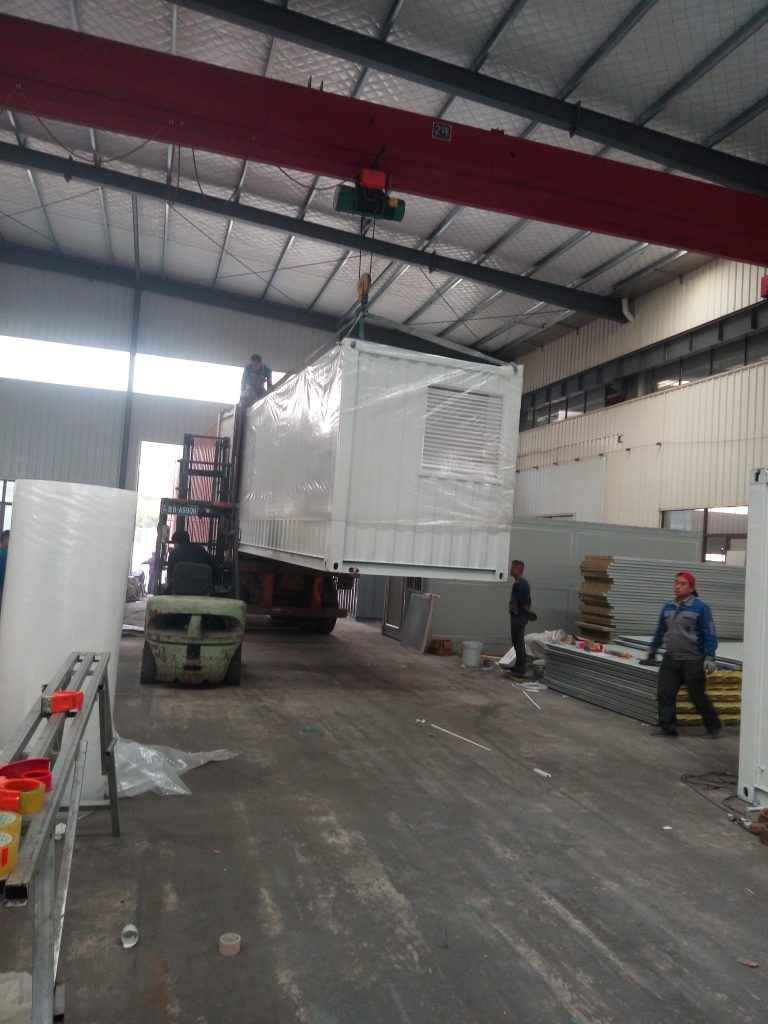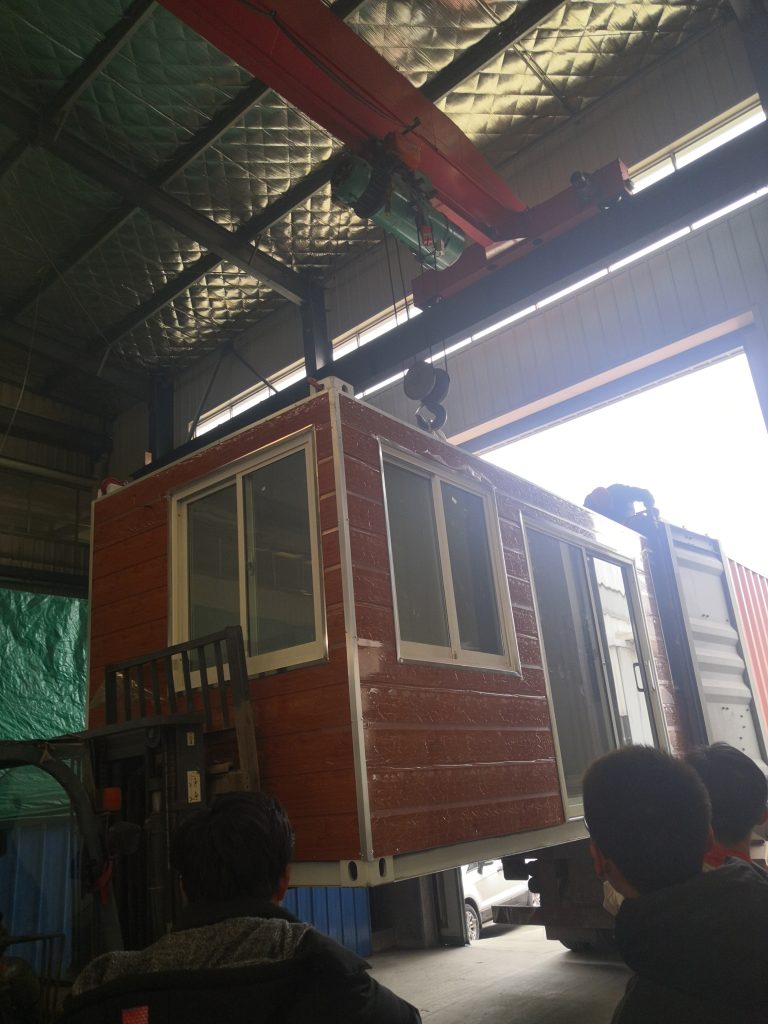Supply chain optimization and cost control strategy of steel structure industry
Table of Contents
Implementing Just-In-Time Inventory Management in Steel Structure Manufacturing
The steel structure industry is a vital sector that plays a crucial role in various construction projects. From skyscrapers to bridges, steel structures are essential components that provide strength and durability to buildings and infrastructure. However, the steel structure industry faces challenges in terms of supply chain optimization and cost control. In order to remain competitive and profitable, companies in this industry need to implement effective strategies to streamline their operations and reduce costs.
One key strategy that can help steel structure manufacturers optimize their supply chain and control costs is the implementation of Just-In-Time (JIT) inventory management. JIT is a production strategy that aims to minimize inventory levels by only producing goods as they are needed. By adopting JIT principles, steel structure manufacturers can reduce waste, improve efficiency, and enhance overall productivity.

One of the main benefits of implementing JIT inventory management in the steel structure industry is the reduction of carrying costs associated with excess inventory. By only producing what is needed, companies can avoid the costs of storing and managing large quantities of raw materials and finished goods. This can lead to significant cost savings and improved cash flow, which are essential for maintaining a competitive edge in the industry.
Another advantage of JIT inventory management is the ability to respond quickly to changes in demand. In the steel structure industry, demand can fluctuate due to factors such as economic conditions, project delays, and customer preferences. By implementing JIT principles, manufacturers can adjust production levels in real-time to meet changing demand patterns, thereby reducing the risk of overproduction or stockouts.
Furthermore, JIT inventory management can help steel structure manufacturers improve quality control and reduce defects. By producing goods in small batches and inspecting them at each stage of the production process, companies can identify and address quality issues early on, preventing costly rework and scrap. This can lead to higher customer satisfaction and repeat business, ultimately driving profitability and growth.
In order to successfully implement JIT inventory management in the steel structure industry, companies need to invest in technology and infrastructure that support lean manufacturing practices. This may include implementing automated production systems, adopting digital inventory tracking tools, and training employees on JIT principles and techniques. Additionally, companies should establish strong relationships with suppliers and logistics partners to ensure timely delivery of materials and components.
Overall, implementing JIT inventory management in the steel structure industry can help companies optimize their supply chain, control costs, and improve overall efficiency. By reducing waste, improving quality, and responding quickly to changes in demand, manufacturers can gain a competitive advantage in the market and achieve long-term success. As the industry continues to evolve and grow, companies that embrace JIT principles will be well-positioned to thrive in an increasingly competitive and dynamic environment.
Leveraging Data Analytics for Cost Reduction in Steel Structure Supply Chain Operations
The steel structure industry plays a crucial role in various sectors such as construction, infrastructure, and manufacturing. With the increasing demand for steel structures, companies in this industry are constantly looking for ways to optimize their supply chain and control costs. One effective strategy that has gained traction in recent years is leveraging data analytics for cost reduction in supply chain operations.
Data analytics involves the use of advanced technologies and algorithms to analyze large sets of data and extract valuable insights. By applying data analytics to supply chain operations, companies in the steel structure industry can identify inefficiencies, streamline processes, and make informed decisions to reduce costs.
One of the key benefits of using data analytics in supply chain operations is improved visibility. By collecting and analyzing data from various sources such as suppliers, manufacturers, and distributors, companies can gain a comprehensive view of their supply chain network. This visibility allows them to identify bottlenecks, inefficiencies, and areas for improvement, enabling them to make data-driven decisions to optimize their supply chain.
Another advantage of leveraging data analytics in supply chain operations is enhanced forecasting accuracy. By analyzing historical data, market trends, and other relevant factors, companies can develop more accurate demand forecasts. This enables them to better plan their production schedules, inventory levels, and transportation routes, reducing the risk of overstocking or stockouts and minimizing costs associated with excess inventory or rush orders.
Furthermore, data analytics can help companies in the steel structure industry to optimize their procurement processes. By analyzing supplier performance, pricing trends, and market conditions, companies can identify opportunities to negotiate better terms with suppliers, reduce procurement costs, and improve overall supply chain efficiency. Additionally, data analytics can help companies to identify alternative suppliers, assess their capabilities, and make informed decisions to diversify their supplier base and mitigate risks.
In addition to optimizing procurement processes, data analytics can also help companies in the steel structure industry to improve production efficiency. By analyzing production data, equipment performance, and maintenance records, companies can identify opportunities to optimize production processes, reduce downtime, and improve overall equipment utilization. This can lead to cost savings, increased productivity, and higher quality products.
Moreover, data analytics can help companies in the steel structure industry to optimize their transportation and logistics operations. By analyzing transportation routes, carrier performance, and delivery times, companies can identify opportunities to reduce transportation costs, improve delivery times, and enhance customer satisfaction. This can result in cost savings, increased operational efficiency, and a competitive advantage in the market.
In conclusion, leveraging data analytics for cost reduction in supply chain operations is a powerful strategy for companies in the steel structure industry. By improving visibility, enhancing forecasting accuracy, optimizing procurement processes, improving production efficiency, and optimizing transportation and logistics operations, companies can reduce costs, increase efficiency, and gain a competitive edge in the market. As the demand for steel structures continues to grow, companies that embrace data analytics will be well-positioned to succeed in this dynamic and competitive industry.







